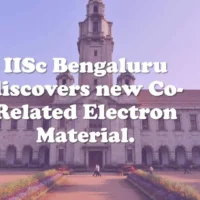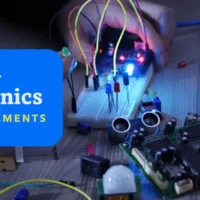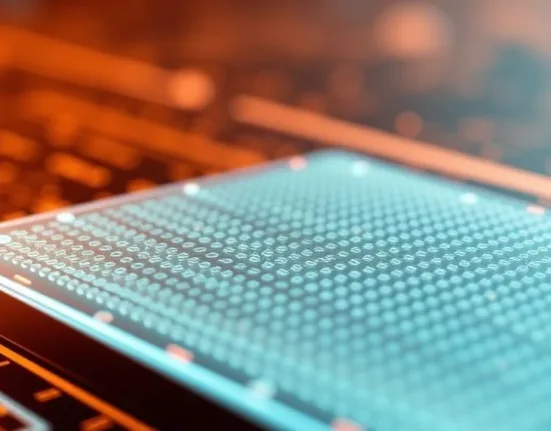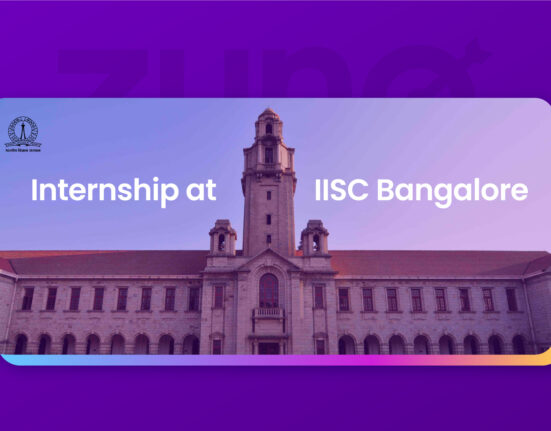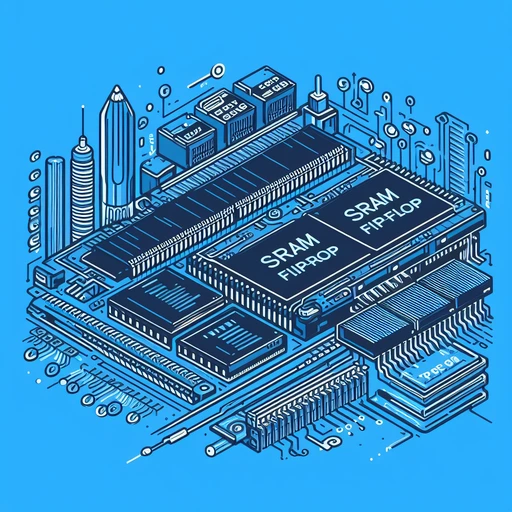Electronics
How Lithium Niobate Wafers Could Revolutionize Ultra-Fast Photonic Chips
- by Abhinav Kumar
- 19 October 2025
- 4 minutes read
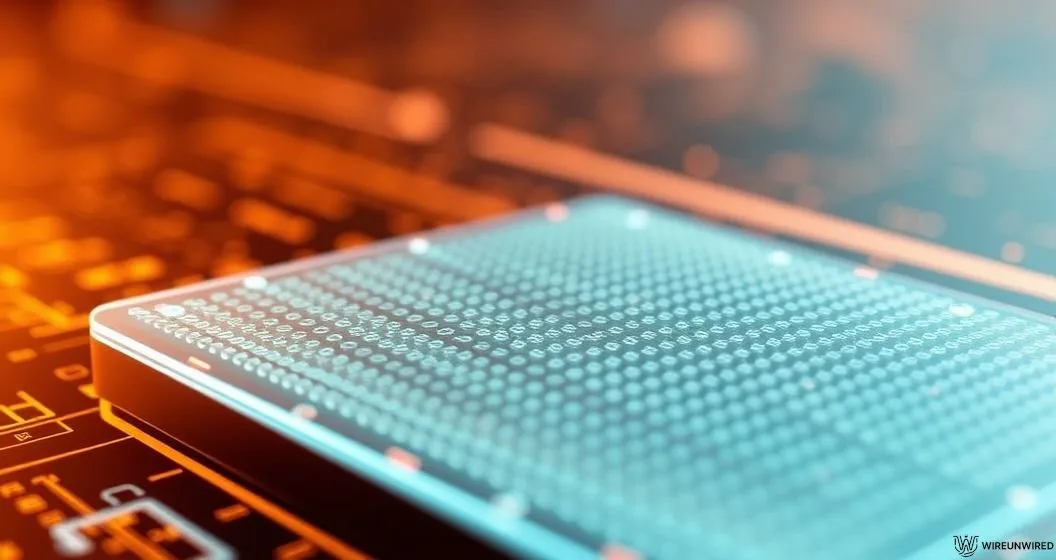
Key Insights
Imagine a world where your phone processes information at the speed of light—no longer bound by the limits of electrons zipping through silicon, but powered by photons racing through ultra-thin wafers. This vision is edging closer to reality thanks to breakthroughs in lithium niobate (LiNbO₃) wafers, which are rapidly emerging as a transformative material for photonic chips and quantum computing.- Lithium niobate wafers are enabling ultra-fast, low-loss photonic chips that could dramatically accelerate data processing speeds compared to traditional silicon.
- Recent advances in thin-film lithium niobate (TFLN) integration with silicon platforms are paving the way for next-generation quantum and optical communication devices.
- While the technology shows immense promise, challenges around manufacturing scale, material cost, and industry adoption remain significant hurdles.
Lithium Niobate: The Next Leap for Photonic Chips?
For decades, silicon has been the backbone of the electronics industry, offering a reliable, scalable, and cost-effective platform for everything from processors to memory. However, as we approach the physical and performance limits of silicon-based devices—especially in data-intensive applications—researchers are seeking alternatives that can deliver the next leap in speed and efficiency.Lithium niobate wafers have recently captured the spotlight due to their exceptional electro-optic and piezoelectric properties. Unlike silicon, lithium niobate can modulate light at ultra-high speeds with minimal loss, making it ideal for photonic circuits that process information using photons instead of electrons. This shift from electronic to photonic conduction promises not just incremental improvements, but potentially orders-of-magnitude increases in data throughput and energy efficiency.Recent research highlights that thin-film lithium niobate (TFLN) platforms are now being integrated with silicon and silicon nitride, creating hybrid chips that leverage the best of both worlds. Companies such as NanoLN and NGK Insulators are already producing commercial-grade lithium niobate wafers up to 6 inches in diameter, using advanced techniques like “smart-cut” wafer bonding to enable scalable manufacturing .Technical Breakthroughs and Performance Metrics
The unique crystal structure of lithium niobate gives it a strong nonlinear optical response, allowing for ultra-fast optical modulation and efficient frequency conversion. This has been a game-changer in fields like telecommunications, where high-speed modulators and low-loss waveguides are critical.Key technical advantages of lithium niobate photonic chips include:- Ultra-fast modulation speeds: TFLN modulators can achieve bandwidths in the hundreds of gigahertz, far surpassing most silicon-based devices.
- Low optical losses: Recent advances in fabrication have reduced propagation losses to just a few dB/m, enabling dense, high-performance photonic circuits (A heterogeneously integrated lithium niobate-on-silicon nitride photonic platform).
- Quantum-ready capabilities: The strong second-order nonlinearity of lithium niobate makes it ideal for quantum photonic applications, such as entangled photon generation and multiplexed light sources .
Challenges to Industry Adoption: Hype vs. Reality
Despite the excitement, experts caution that lithium niobate is unlikely to replace silicon across the entire semiconductor industry in the near term. Several hurdles must be overcome before we see widespread adoption:- Material rarity and cost: Both lithium and niobium are less abundant and more expensive than silicon. Their availability and cost-effectiveness pose significant barriers to mass-market deployment.
- Mature silicon infrastructure: Decades of investment in silicon manufacturing have created a highly optimized, cost-efficient ecosystem that new materials must compete with.
- Integration complexity: While hybrid platforms (combining lithium niobate with silicon or silicon nitride) have shown promise, large-scale manufacturing still faces technical and yield challenges (Fabrication and photonic applications of Si-integrated LiNbO3 and BTO thin films).
What’s Next for Photonic and Quantum Chips?
The race to integrate photonics and electronics is accelerating. With continual advances in thin-film lithium niobate technology—such as higher-yield wafer bonding and improved etching—commercial photonic chips that combine the speed of light with the logic of silicon are moving from lab to market. If these trends continue, the next generation of devices could blur the lines between optics and electronics, unleashing a new era of ultra-fast, energy-efficient computing.For now, the dream of “phones a thousand times faster” is on the horizon, but not yet within reach. Still, lithium niobate wafers are poised to play a crucial role in shaping the future of photonic and quantum technologies, offering a glimpse of what’s possible when material science and engineering converge.Discover more from WireUnwired Research
Subscribe to get the latest posts sent to your email.
Abhinav Kumar
Senior Writer
Abhinav Kumar is a graduate from NIT Jamshedpur . He is an electrical engineer by profession and Digital Design engineer by passion . His articles at WireUnwired is just a part of him following his passion.



